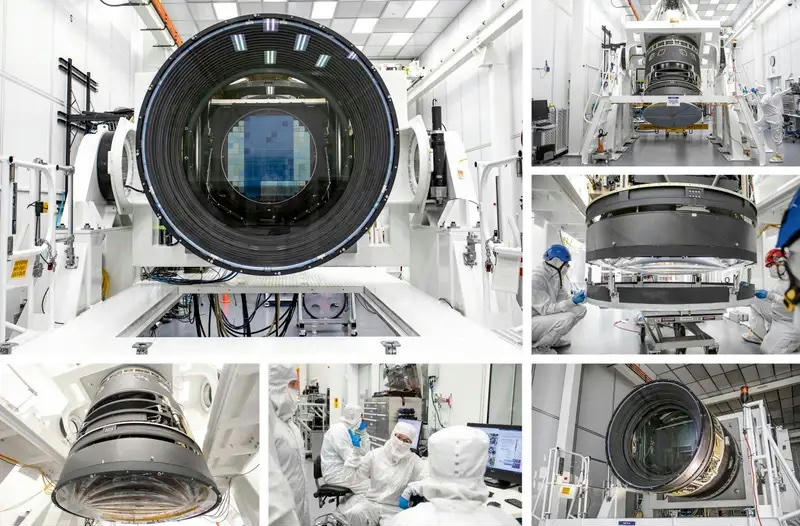It is administered by Stanford University in California Stanford Linear Accelerator Center (SLAC) has revealed the world’s largest digital camera, which will be used to capture distant galaxies in the next decade. The giant camera will be operational at the end of 2024 at the Vera C. Rubin Observatory on top of Cerro Pachón in Chile.
here it is Survey of the Legacy of Space and Time (LSST) As part of the project, it is expected to classify 20 billion galaxies while collecting 15 terabytes of data from the starry sky each night. In this way, it helps researchers to better understand the functioning of the universe and dark matter, as well as explore the formation of galaxies.
A giant camera works similarly to other digital cameras, but it is much larger than these cameras Writes the new World. 189 CCD sensor contains, each of which records more pixels than the iPhone 13 camera. So a total of 3.2 giga pixels; Its accuracy is well evidenced by the fact that it can capture a golf ball of such quality that it can be seen from a distance of 24 kilometers. It is the largest camera of its kind in existence: its diameter is 1.57 meters, which makes it longer than an ordinary passenger car.
Enterprise employees have been working on the camera for more than a decade. In 2012 They got it Permission to start cost planning and component development. And now only the final touches remain, after the final test in May 2023 can connect Via camera to Chile.
Related articles on Qubit:












































